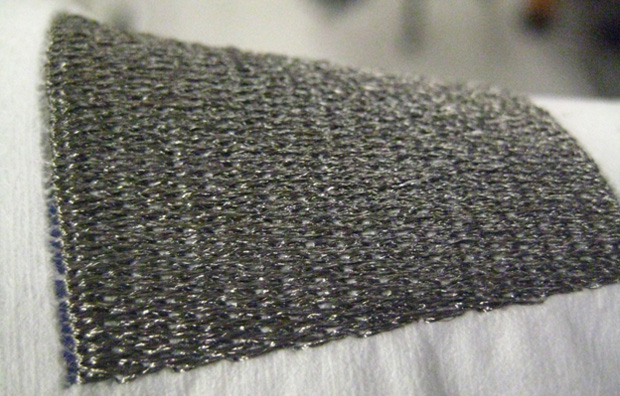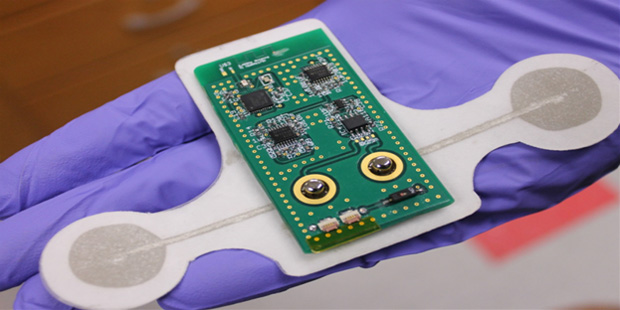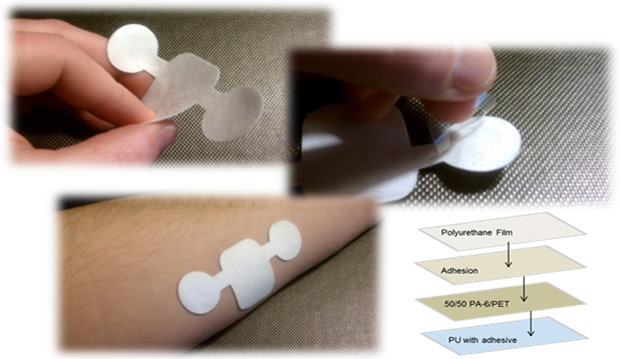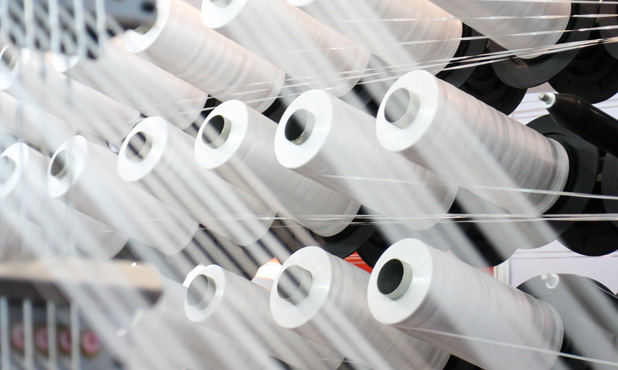Technical Textiles is a term that is growing in popularity both within the textile industry and the research community. With several other alternatives (like smart textile, intelligent textile, and performance textile), this term remains the most encompassing and most descriptive of a field of applications where textiles are associated with specific performance-based attributes in addition to their basic function. The field is driven by applications in many areas, including military, sports, and, of course, medical and healthcare applications. These applications provide a wide range of research and product opportunities, from wound management textiles to fabrics with integrated electronics to tissue engineering applications. TechTextil North America (TTNA), which was held in Atlanta, USA, May 13-15, 2014, was a showcase for some of the latest advances in this area. It was also a host for several symposia that addressed the various challenges and opportunities for the industry and for the research community. Ahmed Morsy, Pulse’s Deputy Editor in Chief attended the event and had the opportunity to interview one of the speakers at the intelligent textiles symposium, Dr. Jesse Jur of North Carolina State University.
PULSE: Dr. Jur, how can the integration of electronics into textiles help in advancing personal health?
Jur: Everyone wears textiles! They are universally accepted and in intimate contact with the body at all times. They are breathable and the construction can be easily manipulated for added comfort. Integration of electronics into these materials allows for one to monitor personal health without being highly noticeable to the user.

PULSE: How far are we into achieving these goals?
Jur: A significant amount of research has been made for combining electronics into textiles, either by weaving in electronics, or printing them on the surface of the textile. Many challenges persist, the biggest likely being ‘seamless integration’; i.e. reliable interconnects and integration methods that do not alter the function of the textile. Typically integration means the application of hard electronics into the textile, which reduces the flexibility and breathability of the textile. Reducing the need for this is important for both reliability and human comfort. To this point, advancement in the flexible electronics industry is helping and offers to advance electronics integration into textiles.

PULSE: How demanding are the energy needs for these applications? And how can they be fulfilled?
Jur: A key human factor in wearables is the need to make it hassle free. This feature can be defined in a number of ways, including the assurance that the data obtained by the wearables is reliable and that the user does not have to re-charge the batteries too often. One way that the ASSIST NSF NERC is addressing this challenge is through the integration of energy harvesting. Kinetic energy and thermal energy harvesting are just two ways. While the power levels are very (and I mean very!) small, advancements in low power electronics are making these energy harvesting modes more realistic. Now is it up to the system designers to make the sure that the right sensors are developed on areas of the body that can harvest the most power. For example, in the ASSIST center focused on the integration of thermal energy generators on the torso and the wrist where our blood flows closer to the skin surface. Textiles are used in these locations to help regulate the temperature difference between the skin and the surrounding air, and ensure a close and comfortable thermal contact between the thermal energy generator and the body.

PULSE: Can you share with us some of the projects you are currently working on at your lab?
Jur: I am currently working on a number of projects that focus on a variety of methods, both traditional and new, for integration of electronics into textiles. For example, I am using traditional methods to print conductive inks to develop dry electrodes for long term wearable EKG monitoring. I am using the same technology to print thermal energy generators on textiles for low temperature waste heat recovery. New methods for conductive materials and patterning are also being investigated in my lab, such as photo-assisted deposition and atomic layer deposition. These methods allow for conformal coatings on 3D substrates, such as a textile, with little disruption to the porosity of the fabric, and now we can examine how the construction of the textile can influence the electrical properties for the fabric. In addition, these methods allow us to start investigating a wide range of electronic materials on textiles, including Ag, Au, ZnO, TiO2, (Al)ZnO, and new hybrid (organic-inorganic) materials.
 Dr. Jesse Jur is Assistant Professor of Textile Engineering at the College of Textiles, North Carolina State University. Applications for his research include new electronic textiles that respond to chemical, photo and mechanical environmental changes, as well as the enhancement of the mechanical and thermal stability of modified fiber systems. He can be reached at jsjur@ncsu.edu.
Dr. Jesse Jur is Assistant Professor of Textile Engineering at the College of Textiles, North Carolina State University. Applications for his research include new electronic textiles that respond to chemical, photo and mechanical environmental changes, as well as the enhancement of the mechanical and thermal stability of modified fiber systems. He can be reached at jsjur@ncsu.edu.



